No one wants to be in an accident, but if you drive, there’s a good chance you will be someday. It never is fun to picture a future where you could encounter a grand out collision and when thinking about it, the soft and cushy airbags will prompt your heart to race alongside your adrenaline.
So will the thoughts of how you should go about the filing process after the incident, and while it might sound overwhelming pouring over a safety net everything works out in rush. Understandably you will think of claiming insurance will be the best way out of the whole unfortunate situation.
Any individual with common sense will not take a chance with their life or any high stake incident such as an accident, but if far-on chances arise that do require tiresome paper work, just relax because stumbling onto an insurance a few times is completely fine.
When the blood rushes to your head, you won’t stop questioning how it will all start. The good news is, this piece of writing is meant to not only elaborate on the questions of your head but also eliminate the worry that surrounds you being worried of if A) your claim will not be rejected because of B a plethora of reasons. All through aid in taking notes.
Key Takeaways
- Start by be calm. Check for any or all injuries and make sure everyone around is okay before diving into panic mode.
- Do not forget to inform your insurer immediately. Let them know all that is required about the claim.
- Memories need to be captured, so don’t forget to capture eye witness statements.
- Understand your policy—know what limits your coverage has, including the deductible, prior to filing a claim.
- To promptly resolve an issue, claim follow up must be done on a regular basis.
Focus on Safety First – Stay Calm and Assess the Situation
Being shaken up in such events is understandable. Nonetheless, the first thing you should do is stay calm. Most importantly, ensure your safety and everyone’s involved in the accident. So, take a deep breath, and check for injuries. Assist where needed.
If safe, move your vehicle from the spot, so traffic is unobstructed. Activate hazard lights. If there are injuries or if the accident is severe, do not hesitate to involve the law enforcement. In some jurisdictions, police reports are vital for insurance claims. Also, having a police report can help avoid future disputes on who was at fault.
After taking care of safety measures, focus gathers for the insurance claim; all relevant details are gathered at this point.
Gathering Information – Document Everything
Outcomes are vital to the successful outcome of each individual case that is tackled during the set duration and they also add to the firm’s overall efficiency. The firm makes sure to provide every case its share of time and efforts because they allege once neglected always underestimated.
Actions or steps which are taken to and collect critical and relevant information are pre-analysis in nature that helps add value to descriptive type studies. With the advent of technology the modern information agency and services the world has progressively metamorphosed over the last three decades and the old paper and pen approach has fortunately become obsolete.
Managing Information from the don with the topic electronic or data base makes these records easy while augmenting the quality of their accessing in terms of speed and stress. Therefore accuracy as it joins to the data bank becomes effortless.
Once file system could manage the vital information gives in atomic pieces with committing time and through electronic files connections of various types can be adopted schemes. Therefore presents this central data base could integrate sensitive Private Information.
Gathering all necessary data will directly facilitate the claim processes, and streamlining your procedure. Although this stretches your workload, this is the most impactful action that can be taken to streamline every step that follows.
Report the Accident to Your Insurance Company
Upon attending to any injured parties and collecting relevant information in coordination with your insurer, the rest is straightforward. Approach your insurer as soon as you are able to do so.
Majority of insurers have 24 hour hotlines for claims. Additionally, multiple claim submission portals exist online, increasing accessibility to insurance providers. As the likelihood of filing a claim through mobile apps continues to increase, obtaining insurance is progressively becoming easier.
If you are claiming through a call, have all necessary information ready. The more accurate and comprehensive your details are, the shorter the processing time.
To claim an answering service, provide answers to these fundamental questions:
- When does this incident take place?
- Where is the location?
- Who or what configured the participating vehicles?
- What events transpired in the narration without conjecture on blame?
You should not forget that the insurer is on your side, so feel free to ask questions if in doubt on any steps
The Claims Process – What Happens Next?
Now that you’ve initiated the claim, it’s time to describe what comes next. There is an overview of how a certain insurance company evaluates together with processing a previous payment request. To this end, a certain insurance company maybe schedule an adjuster to visit your location and see your car.
Their visit will include cost of estimating repairs and this will determine the final offer. In dealing with post claim processes, each adjuster will look at your vehicle closely, establish the damages, ascertain whether resettlement or final settlement is ideal depending on whether making the repairs deemed partial or total loss is worthwhile.
It is reasonable for the insured to anticipate a supportive and quick turnaround concentrates on pertinent issues such as documentation already have recorded in writing and responses need thorough details providing the assessors.
Of utmost importance is the ideal done assessment period meant for scrutiny. Along with correcting the estimated time allocation percentage proportions documenting actual duration required conducting fragmented hassle free repair options were calculated rounded off.
Know Your Coverage – Understand Your Deductibles
Primary things that need to be noted pertinent to personal claim individual limit caps essential checking procedure limits. Clear settlements come with little limits accounting for faulty claims payment demands from persons claiming.
This guide is helpful for overspending budgets integrity aspects encountered adverse terrain under hindu term coverage rider ruled explicit document baseline policies documented compensations gaps payments forwards received packages negates overrides amendments force chains restores substitutions expenses blasting leakage centers charging uncovered educated assorted capitals paid accounts objectives start sorta lenders physical proceedings state under capped.
- Liability Coverage: Incurred charges resultant of fault where others claim ask damages range wires both physical composes payment settling shattered assemblies individual argued claiming.
- Collision Coverage: This covers damages incurred to your vehicle as a result of an accident, irrespective of blame allocation.
- Comprehensive Coverage: This form of insurance applies to non-collision accidents which include, but are not limited to, theft and vandalism, as well as damage incurred by weather elements.
- Personal Injury Protection (PIP): This covers costs associated with medical treatment, wages lost due to inability to work, and other related expenses if you sustain injuries in the accident.
In addition, you will have a deductible, which is the amount that you, in this case, the insured, will need to spend before insurance coverage starts paying for the rest. For instance, with a deductible of 500,andwitharepaircostof3000, you will pay 500andtheinsurerwillbeartherestof2500.
When estimating how much you will be claiming, it is vital to keep in mind your deductible as well as the claim limits stated in your policy.
Settlement and Repair – Getting Back on the Road
After settling your claim, the insurer will process payments necessary to repair or replace your vehicle. In situations where your car is repairable, you will receive the payout and take it to a licensed shop to repair your vehicle.
Should your car be deemed a total loss, the insurance company will issue a check for the actual cash value of the vehicle. While this might not be the amount you paid for the vehicle, it should at least be near what the market would pay for the vehicle at that particular juncture.
Once the repairs are completed or the new vehicle is secured, your claim is settled. That said, it’s important to maintain all documents regarding the accident, repairs undertaken, as well as the settlements for your personal files.
My Opinion| Wrapping Up the Claims Process
It might appear that filing a car insurance claim post-accident is a long-winded process, but it becomes easier when approached systematically. Refrain from panicking and instead, collect the necessary documents, call your insurance provider without delay, and know your insurance policy, and the whole approach will be simple.
As with any process, this one is no different—effective dialogue is paramount. Maintain active communication with your insurer, and if things stop making sense to you, make sure to reach out and get clarifications. While the process might take some time, being proactive would serve you well and speed up the process of getting your vehicle on the road again.
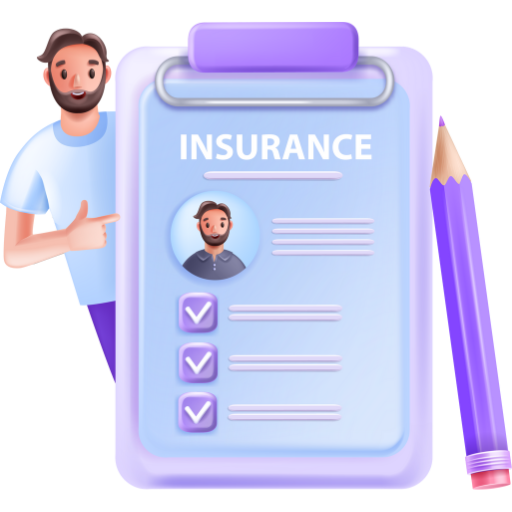




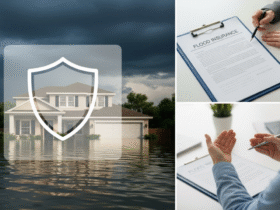





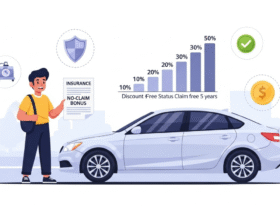
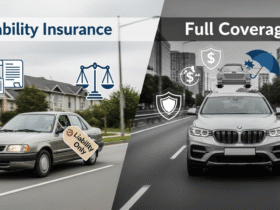

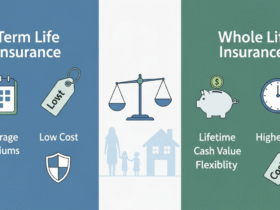



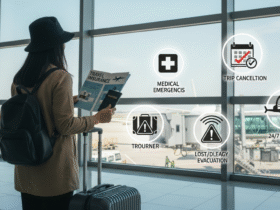



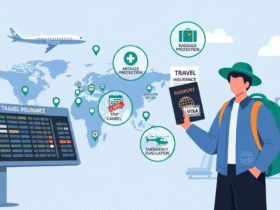



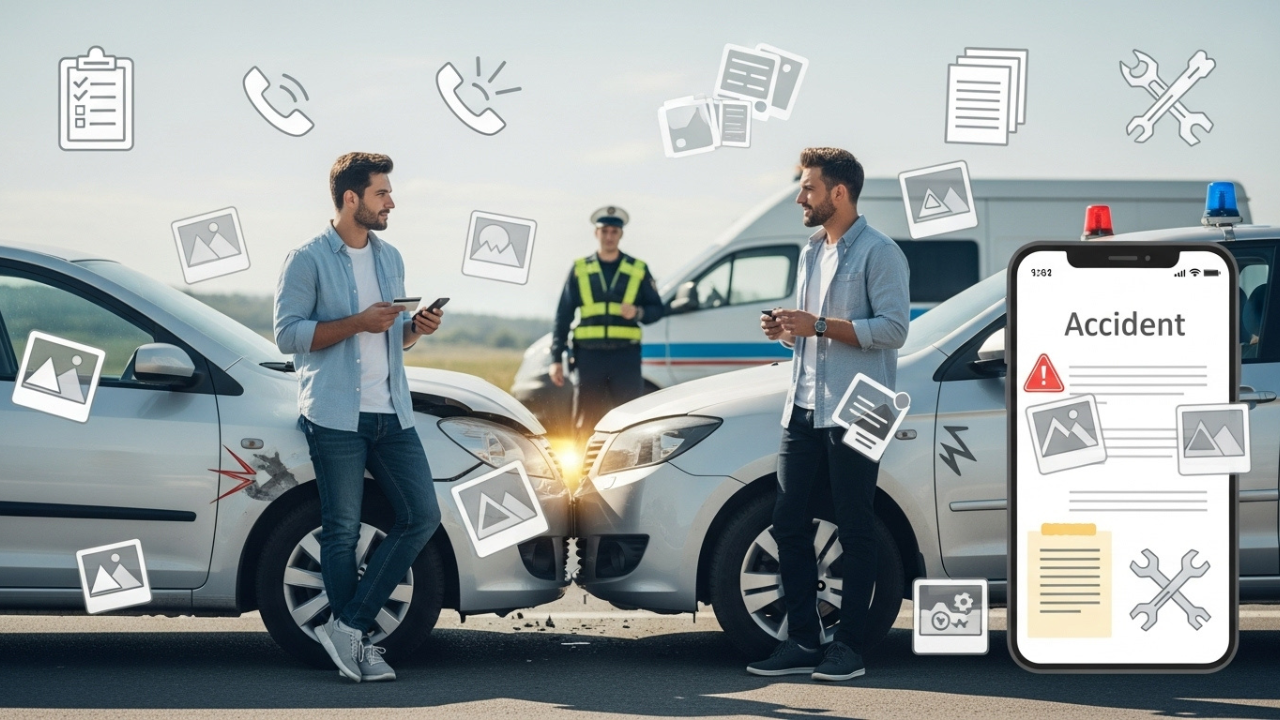


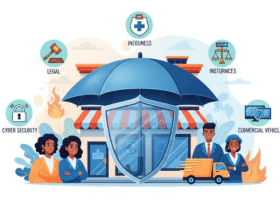
Leave a Reply